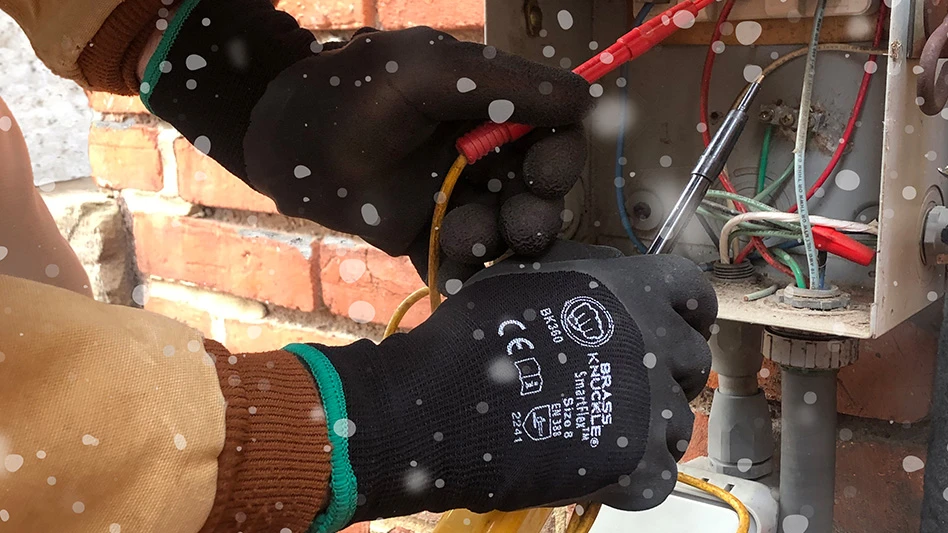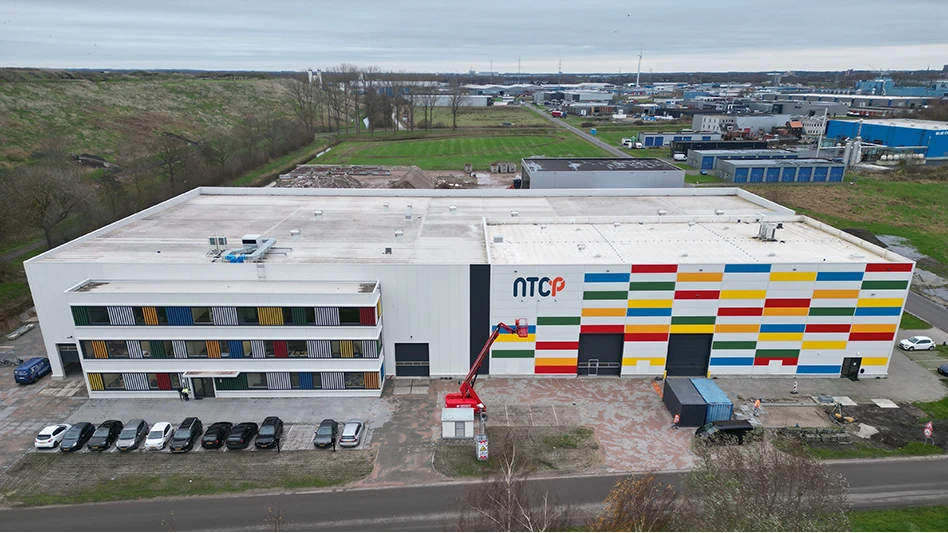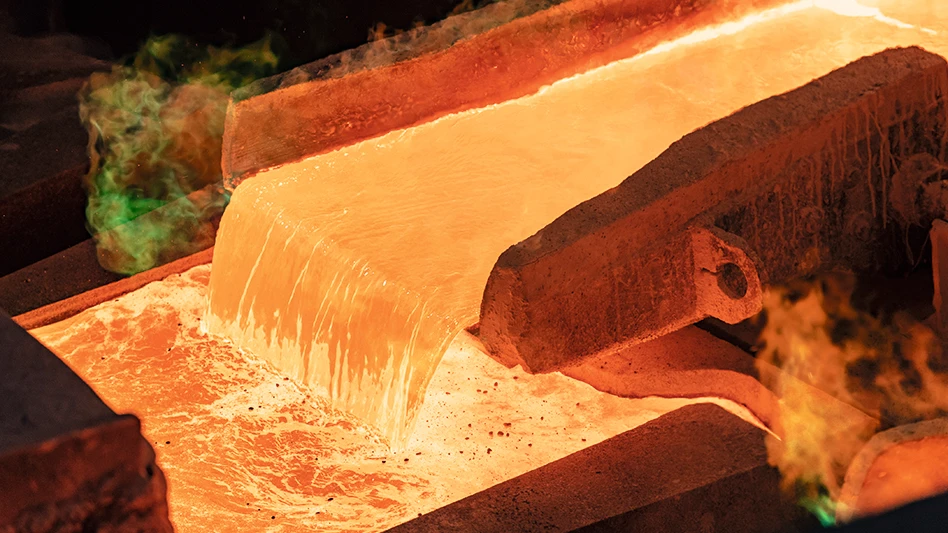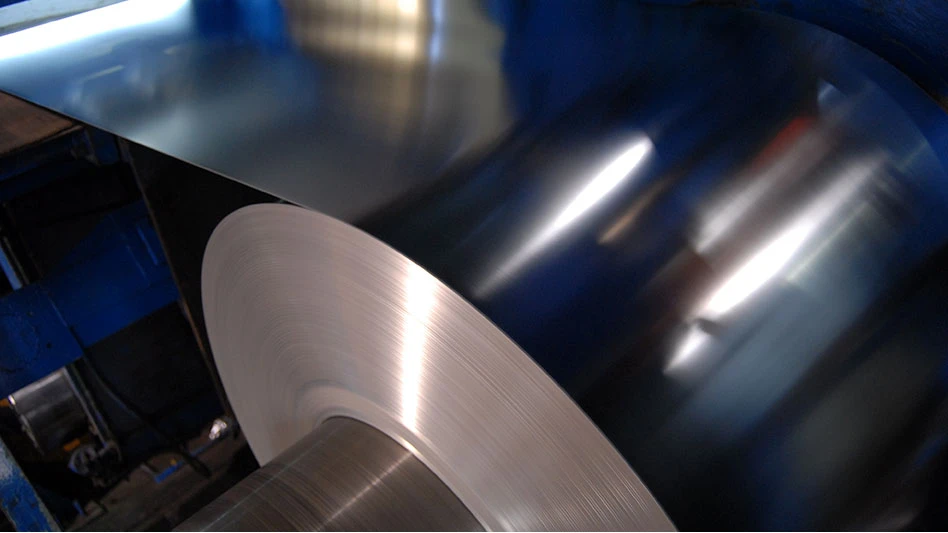E-Waste Security contracts with NASA
Irvine, California-based E-Waste Security has announced its recent hard drive destruction assignment for NASA’s Jet Propulsion Laboratory (JPL) in Los Angeles.
NASA, like many government agencies, follows guidelines set forth by the National Institute of Standards and Technology (NIST) when disposing of digital media, such as computer hard drives and backup tapes, E-Waste Security says.
The company’s Chief Operating Officer Gary Scott says, “The NASA project demonstrates our high level of competency and understanding surrounding issues pertinent to secure data destruction.”
The company says NASA will benefit from E-Waste Security’s ability to control and destroy digital media as well as to document the destruction process in compliance with NIST 800-88 Guidelines for Media Sanitization. E-Waste Security also will provide NASA’s JPL with:
- on-site data destruction, allowing JPL to have multiple employees witness and verify the destruction of confidential information;
- physical hard drive shredding to match the level of destruction that complies with NASA’s security regulations; and
- a Certificate of Destruction to provide third-party proof of secure and proper information destruction.
JPL is not the only data-sensitive organization to use E-Waste Security for its data destruction needs, the company says. Other clients include those in the technology, financial and health care industries and government organizations, such as the Department of Human Health Services.
“We provide peace of mind to organizations that must comply with stringent data privacy laws, such as HIPAA (Health Insurance Portability and Accountability Act), GLBA (Gramm-Leach-Bliley Act) and FACTA (Fair and Accurate Credit Transactions Act),” Scott says.
Founded in 2012, E-Waste Security provides on-site computer hard drive and digital media destruction and computer recycling services to organizations in Los Angeles, Orange County and San Jose, California.
Utah recycler abandons three facilities in the state
The Basel Action Network (BAN), Seattle, reports that Stone Castle Recycling, previously one of Utah’s largest recyclers of electronic scrap, has abandoned its three facilities in the state. The company has ceased all operations and has left behind several warehouses and yards filled with an estimated 7,600 tons of toxic electronic scrap and charred residues, the organization says.
The U.S. Environmental Protection Agency’s (EPA’s) criminal and civil enforcement divisions are investigating Stone Castle and its owner, Anthony Stoddard, to determine their liability for cleanup costs and for potentially illegal activities resulting in environmental hazards, according to local news reports.
The abandonment follows three recent fires at the three Stone Castle sites in Clearfield, Parowan and Cedar City, Utah, BAN says, and a subsequent investigation and report by the organization released in March 2014. The BAN report was followed by intensified enforcement actions from the Utah Department of Environmental Quality and U.S. EPA seeking to ensure the company cleaned up its material.
On March 2, 2014, the most dramatic fire occurred in the central Utah town of Parowan where Stone Castle was storing electronic and other waste in an open field, BAN says. The fire is believed to have released toxic heavy metals, dioxins and polycyclic aromatic hydrocarbons, which remain in the ash at the site. The EPA began cleaning the site in December 2014.
The Parowan site contained discards from Deseret Industries, a thrift store chain owned and operated by the Church of Latter-day Saints, BAN reports. Under U.S. law, the former holders and generators of waste also bear responsibility for toxic waste dumpsites and may be forced to bear the cost of cleanup.
The Parowan site is not the only dump that Stoddard and Stone Castle left behind. At least two large warehouses (one burned) and outdoor storage sites (one also burned) are full of hundreds of Gaylord boxes, sometimes stacked four high, full of TVs and monitors and their glass. BAN says it has estimated the Stone Castle total abandonment at more than 7,600 tons of e-scrap.
When BAN investigators visited Stone Castle’s Clearfield facility in March 2014, they discovered a previously unrecorded outdoor yard full of televisions and computer monitors a few blocks from the facility. BAN says it warned state and federal officials that the site could easily catch fire because projection lenses were present. The site caught fire Sunday, Nov. 2, 2014.
Latest from Recycling Today
- AISI, Aluminum Association cite USMCA triangular trading concerns
- Nucor names new president
- DOE rare earths funding is open to recyclers
- Design for Recycling Resolution introduced
- PetStar PET recycling plant expands
- Iron Bull addresses scrap handling needs with custom hoppers
- REgroup, CP Group to build advanced MRF in Nova Scotia
- Oregon county expands options for hard-to-recycling items





